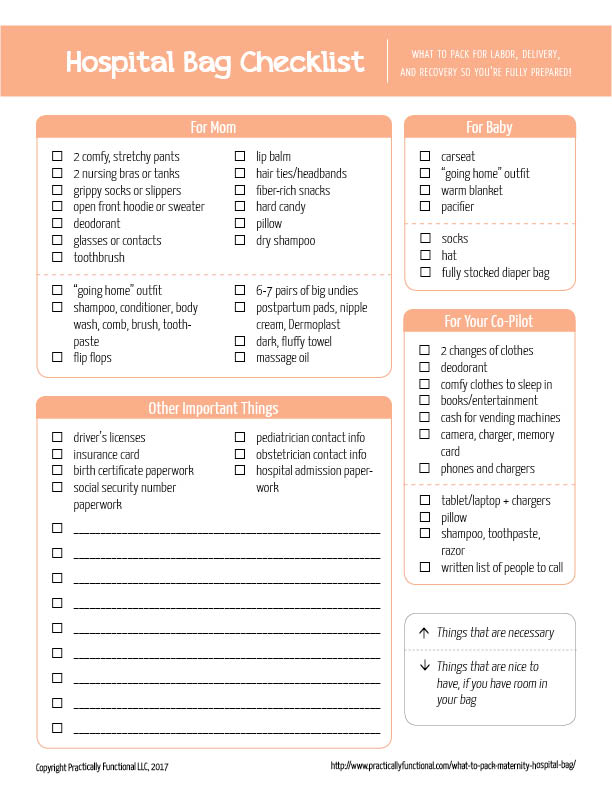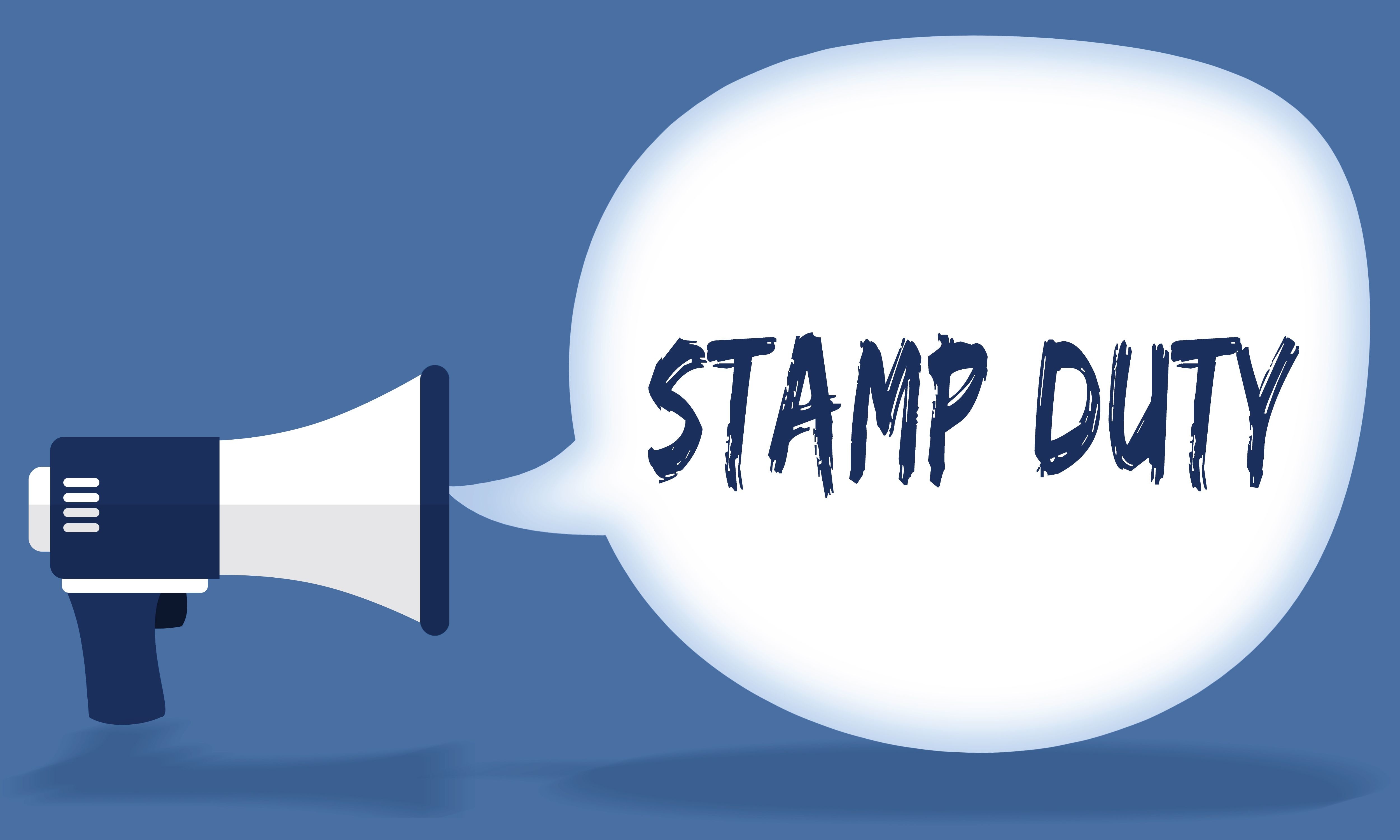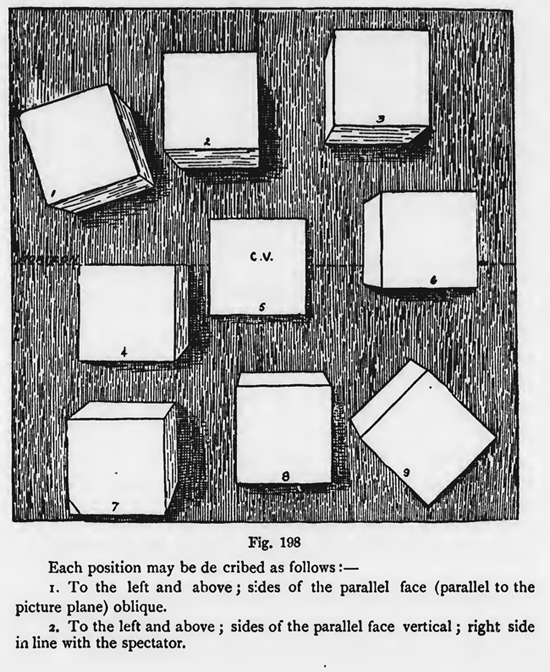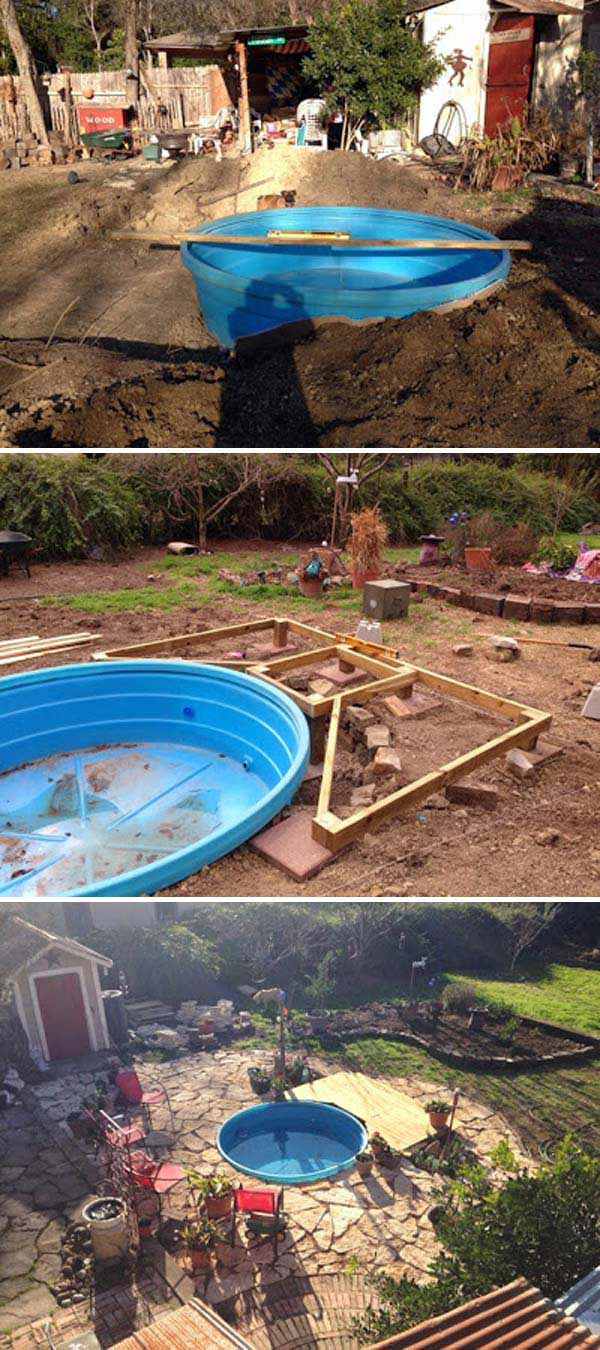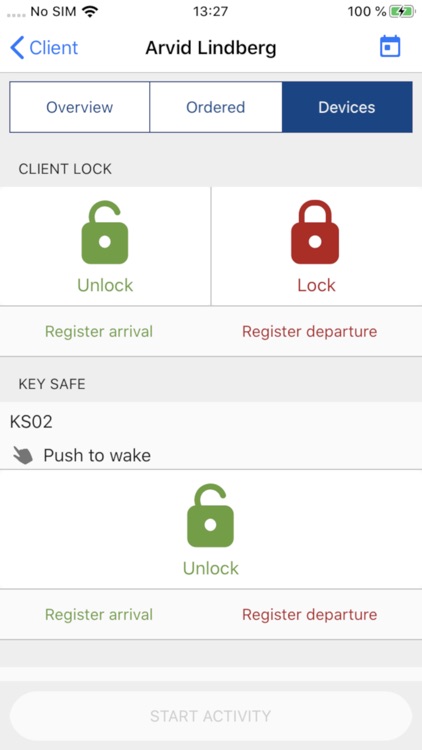Table of Content
Keep it as compact as possible while still being versatile. A bug out bag and a get home bag primarily works in the same way. If your get home bag and bug out bag are roughly the same sizes, then you may want to re-prioritize what you’ll really need in order to get home safely. The only exception is that if it takes you more than an hour to get to work. Hydration packs are for those who’d like to exercise minimalism in their get home bags.
Since your trip back home usually won’t reach two days or more, a get home bag should have a 50 L max capacity or smaller. Identifying what type of environment you live in is the first thing you should consider when packing a get home bag. This question is a no-brainer, but it could mean the real difference between getting home safe and getting stranded along the way. You should keep your EDC bag at home because you don’t want to leave without it. You can store it in your bedroom or by your main door, or somewhere within reach when you’re about to head out.
You won't be able to get these critical items post-collapse.
Now, you’re ready to be efficient from the get-go. And those first steps can often be crucial for survival. First, determine the maximum weight that allows you to move easily and freely.
When SHTF and you’re far away from the safety of your home, a well-stocked GHB can help you make your way back in one piece. For those who want to be Ready To Go in any emergency. Access survival equipment we’ve fully tested so we can recommend it to you. A get home bag is not strictly for “the end of the world as we know it” events. Even a severe winter storm, hurricane, earthquake, or other natural disaster can warrant the need for a get home bag.
What to Pack?
A BOB is stocked with supplies that can last at least 72 hours. Because of that, it’s bigger than a get home bag. Its size ultimately depends on factors like your physique and how much you can carry on your back.

Get a bird’s eye view of all the possible scenarios. The first level should be the most accessible of the three. This level will ensure that you get home safely within a 3-hour period. The items here will prove to be very useful but aren’t helpful when it comes to overnight stays. The bottom items are more of the long-term variety while the ones on top are the ones that you’ll be sure to need right away.
Level 2 Items
An additional kit, GHB 2 is added to whichever vehicle we take. It augments GHB 1, without duplicating the duplicates. The last GHB is #3, for the once or twice a year, that we’re about 120 miles from home. Again, it augments #1, duplicates #2 as well as the additional supplies for an extended walk. Being able to create a fire will be essential if you have to stop for a night.
Here is a quick checklist to get you thinking about what you might need in your bag. Your GHB needs may be different based on your location, or how far you anticipate having to travel. Either a roll of duct tape and/or the Reditape Pocket Duct Tape.
So getting in touch with loved ones after such a disaster becomes impossible. If you try to set a large log on fire with your lighter, you’re going to be disappointed. If you’re not experienced at starting fires, it can be surprisingly difficult.
What about alternate routes in case you have to detour? Where would you go then and hiw would you get there? Speaking of which, for each member I’d pack what’s called a go bag. This pack should be light and be able to sustain each member indefinitely or 3 days at a minimum . Now when the emp falls, enact that plan of yours.
But if you want to save on space, you won’t go wrong with awallet multitool. By now, you’ve probably noticed a pattern with the get home bag contents we’ve covered so far. A lot of them have several uses, including this one. Sternum straps, load lifter straps, and hip belts help you stay balanced when you walk but make sure they’re not too flashy.

There are many possible uses for a good survival bandana. Plus, you won’t find a lighter or smaller piece of survival gear with so many uses. If you wear dress shoes or high heels to an office setting, are you prepared to hike home in those? Not only will such long distances cause blisters and hot spots, but you’ll also slow your progress significantly. You should always have multiple ways to start a fire. You never want to depend on your survival lighter in case you drop it in a river, or it gets crushed underfoot, that’s why you also need some survival matches.
Lastly I may just be a naive Canadian, but in my opinion (please guys, don’t rip me apart), I can’t say I understand this push for weapons. But always being armed leaves you with an option that nobody wants to resort to. Doesn’t pulling a gun make anyone else who has a gun pull theirs out too? Last thought- Maybe a lot of people would decide to stay with their cars or their building at their place of work and try to wait for the authorities to rescue everyone. I think you should consider whether it’s a good idea to just wait the night through rather than immediately bugging out.
Don’t just stuff the bills anywhere in your bag, though, to prevent damage or theft. You can store your cash in a Ziploc bag, tape it into the insides of your spare clothes, or hide it beneath the sole of your hiking boots. You should have the means to start a fire when needed. Waterproof matches, a Ferro rod, and a BIC lighter are some pretty nifty firestarters.
Get Home Bag PDF Checklist
The sheer number of paracord survival uses are vast. So you should always make sure you have paracord with you at all times. That’s why we recommend stashing these in your get home bag, and you’ll be all set.
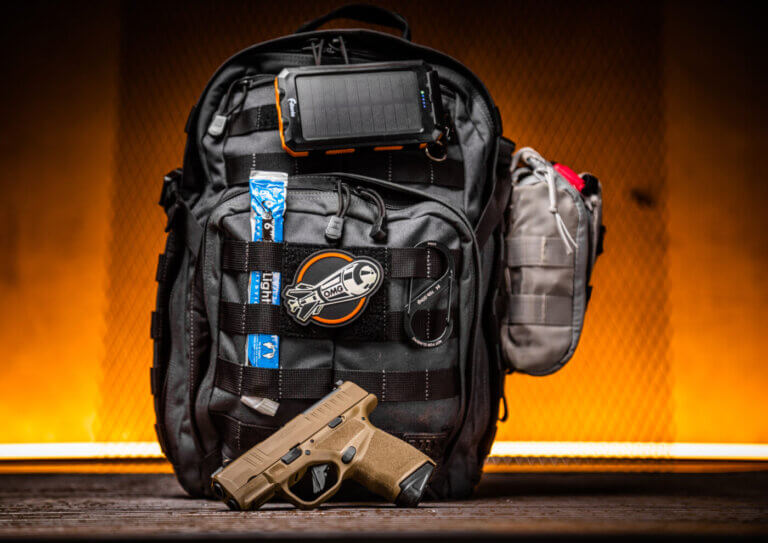
This GHB PDF makes gathering and tracking your GHB gear extremely easy. Once you open the get home bag PDF checklist in your browser, you can either print it directly or save it through your browser. Our checklist is available as both a pdf download and as a Google Sheet/Excel file where you can check off items yourself, and even add and subtract items from the checklist. For example, when my wife used to work in the city and would wear dress shoes to work, she made sure to have a pair of boots in her Get Home Bag which she kept at work. Unlike other backpacks which are never truly waterproof, this pack is actually 100% waterproof.
